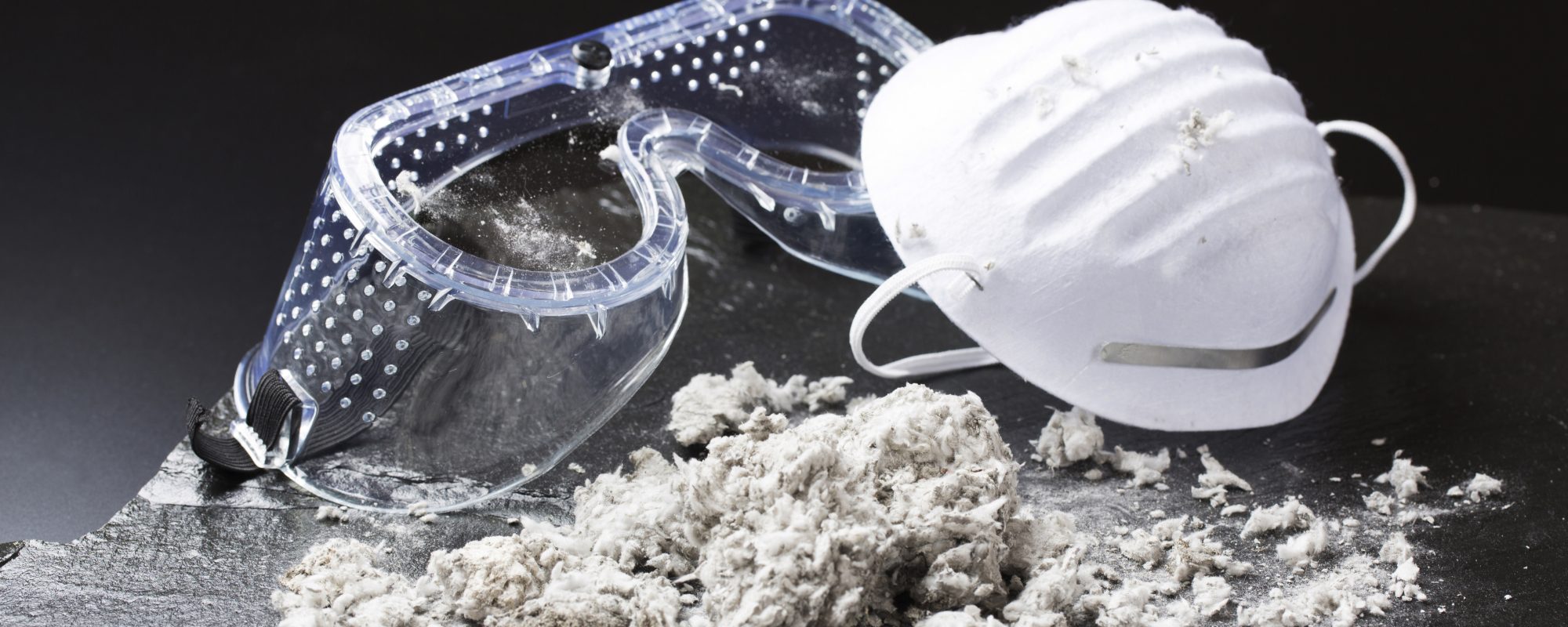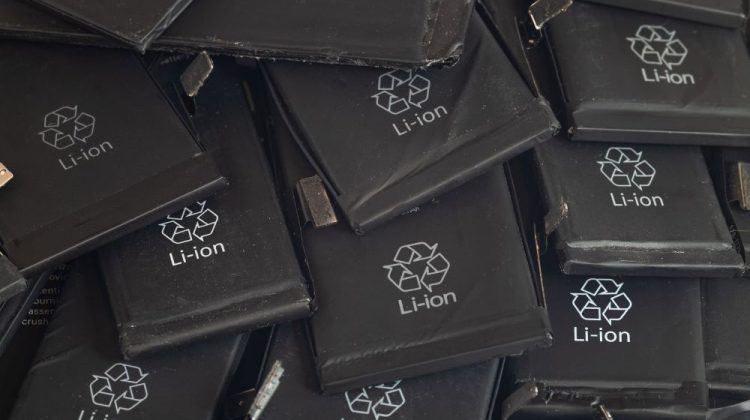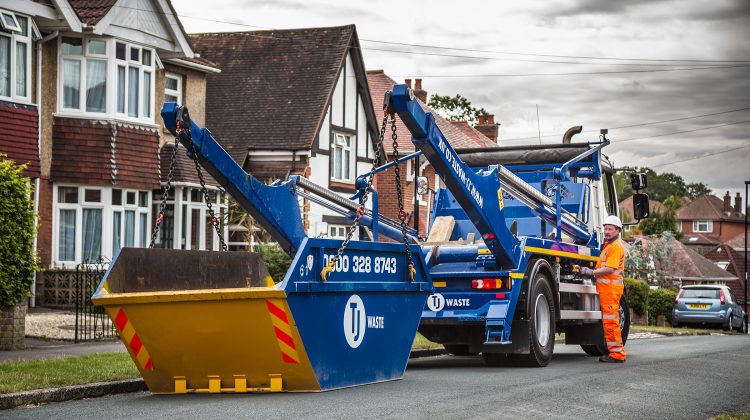Incorrect disposal of lithium-ion batteries can be catastrophic, as the recent fire at our Tipner facility demonstrated. Discover how to safely dispose of these batteries…

Asbestos is a highly toxic and hazardous waste material that must be removed and disposed of properly by professionally licensed companies. IOSH have stated that Britons have the world’s highest chances of developing mesothelioma due to asbestos exposure, while HSE estimates that 20 tradesmen per week are killed following exposure to asbestos. These figures are reflecting the effects of historic working conditions as asbestos-related diseases typically take many years to develop.
Although asbestos is now banned in more than 55 countries around the world including Japan, Australia and all the countries in the European Union, it was used in all types of construction extensively from the 1950s through to the mid-1980s and can also be found in buildings built before the year 2000. Iceland was the first country to ban asbestos imports in 1983, with the UK banning it in 1999.
ASBESTOS FACTS AND FIGURES
WHAT IS ASBESTOS?
Asbestos is a group of six naturally occurring fibrous minerals composed of thin, needle-like fibers. They can be pulled into a fluffy consistency and are soft and flexible yet resistant to heat, electricity and corrosion. These qualities make the mineral useful, but asbestos exposure is highly toxic.
Pure asbestos is an effective insulator, which was historically used in materials such as cloth, paper, cement, plastic and other materials to make them stronger. But inhaling or ingesting asbestos dust can lead to the mineral fibers becoming trapped in your body.
Over decades, trapped asbestos fibers can cause inflammation, scarring and eventually genetic damage to the body’s cells. A rare and aggressive cancer called mesothelioma is almost exclusively caused by asbestos exposure. Asbestos also causes other forms of cancer as well as progressive lung disease.
Before commencing any structural or building projects, be sure to check whether any risk or asbestos registers exist for the building you are working on. This will help you to prepare safely for your work activity and plan in advance how you can manage any asbestos. The only safe way to detect asbestos is for a sample of questionable material to be sent to a lab for testing.
WHAT MATERIALS IS ASBESTOS COMMONLY FOUND IN?
ASBESTOS AWARENESS TRAINING
Many training providers offer Asbestos Awareness Training which helps workers to understand the risks associated with the material so that they can avoid work that may disturb it. These courses provide a comprehensive introduction to the dangers of working with asbestos and help employers to comply with the law by ensuring that their workers are appropriately trained in order to work safely. This is something all construction companies should invest in for their staff.
SAFE DISPOSAL OF ASBESTOS
As a commercial construction business you should have licensed asbestos removalists in your team who will know how to safely remove the materials containing asbestos and how to treat it to avoid contamination. When taking on construction refurbishment or demolition of premises built between 1950 and 1999, always remember to check for asbestos before commencing any work. If you’re unsure, always seek expert advice. If it is present, you’ll need to employ an asbestos removal specialist to ensure that it is removed in the correct way to preserve your health and the health of those in the vicinity.
If you’re working on a project where asbestos is present, think ahead to how you’ll dispose of it. TJ is licensed to carry hazardous materials such as asbestos and can provide you with the complete service. We can provide secure skips and eurobins to your site for you to deposit asbestos into (we cannot directly remove or handle asbestos). We will then arrange to collect the full skip or bin from your site and transport it to a third party’s premises, where it will be safely disposed of and any parts that can be recycled will be.
GENERAL WASTE SKIP HIRE
In addition to providing waste disposal services for hazardous materials such as asbestos and plasterboard, we also offer a general waste skip hire service. We have a range of skip sizes from 2 to 35 yard, meaning there’s one to suit every project. The individual skip pages contain information on the dimensions and capacity volumes of each skip to give you all the information you need.
For standard skip hire, you can get an instant online price by selecting the skip size you want, and entering your postcode and waste type. Please give us a call to obtain a quote or to book an asbestos-only skip or bin as the process differs slightly from standard skip hire.
Get in touch to discover how your business could make use of our hazardous waste removal services for the safe disposal of your asbestos. Or call 08000 463 964 to discuss your requirements with our friendly team.
Sources:
iosh.com
hse.gov.uk

Incorrect disposal of lithium-ion batteries can be catastrophic, as the recent fire at our Tipner facility demonstrated. Discover how to safely dispose of these batteries…

Skip and grab hire are both great options for your domestic or commercial projects. There are advantages to both depending on your project, so read on to discover which option would be best suited to your requirements.

The days are getting longer and the evenings lighter – yes, spring is here! But is your garden ready for all the extra use it will get during the warmer months? Now’s the time to get your garden ready for summer!
Change your stored postcode to update prices for your location.